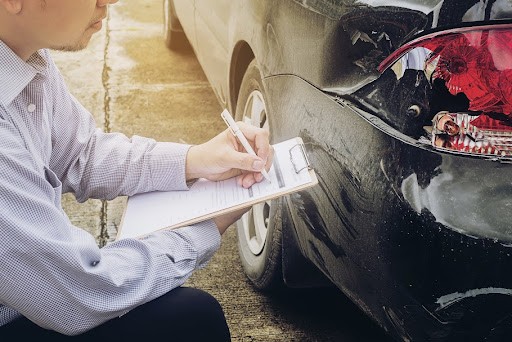Low visibility and slippery roads make winter driving a challenge. Even if you’re an experienced driver, the harsh winter weather conditions can put your driving skills to the test. Furthermore, visibility is reduced on foggy days, so you must drive more carefully and attentively when faced with treacherous winter driving conditions. In recent years, the number of deadly road accidents has increased due in part to bad weather, reckless driving, and disregard for the law.
Here are the most important recommendations to keep you safe while driving in the cold and snow:
Cleaning Windshields and Windows from frosting.
It’s essential to clean fogged-up windshields as soon as possible during the winter to avoid a slew of blotches. Dropping your windows for a minute will allow you to breathe in some fresh, dry air and can help prevent windshield fogging. For the best vision while driving, regularly clean the inside as well as the outside of your windows and windshield. The fogging of the windshield and windows from the outside is one of the dangers of winter driving. This can cause accidents and significantly reduce visibility.
No Over-Speeding.
Certainly, everyone enjoys the rush of driving at speeds more than 100 km/h. However, this stunt while driving in the winter is a severe NO. As due to the reduced visibility and fog that comes with winter driving on slick or icy roads, you should pay close attention to the speedometer. Driving slowly improves your reaction and stopping distance. There can be moments when you mistakenly think there isn’t a car in front of you. To avoid any unpleasant surprises, keep your speed under control and account for poor visibility.
Keep a close and regular check on the tyres.
Because the air in your tyres expands when it’s heated and contracts when it’s cooled, it’s typical for tyre pressure to drop in colder weather, endangering your ability to drive in the snow. To keep your tyres strong and healthy during the chilly winter months, check the pressure. Your tyres will operate at their peak efficiency and offer superior handling, reliable traction, and a more comfortable ride when they are properly filled. Prior to getting on the road, make sure you have completed the other items on our safety checklist in addition to keeping your tyres in good condition. In addition, use high-quality tyres to avoid any mishaps.
Skid over the slide.
It’s natural to panic and slam the brakes when you notice that your wheels are beginning to slide to one side. Don’t. Though modern braking systems reduce the likelihood that you may lose control, slamming on the brakes could still result in a collision. Apply the brakes on and gently nudge the car’s nose back toward the centre line. To ride the skid back to a safe position, let off the gas and brakes.
Driving with a low beam.
Using high beams while driving is quite uncomfortable for moving traffic and can be very dangerous for them because the intense light almost completely blinds them. Make sure your headlights are on low beams while traveling in the winter, especially during the day. Using high beams may seem like a smart idea, but it actually has the opposite effect. High beams often reflect the fog and reduce your visibility even further. Driving in the winter requires you to consider both your own safety and the safety of other motorists.
How Can We Help?
The greatest legal team in New York, Siler & Ingber, is available to assist you with any difficulties that arise during your legal battle for compensation, in case of any unfortunate happening. Get in touch with them today for a free evaluation of your case.


